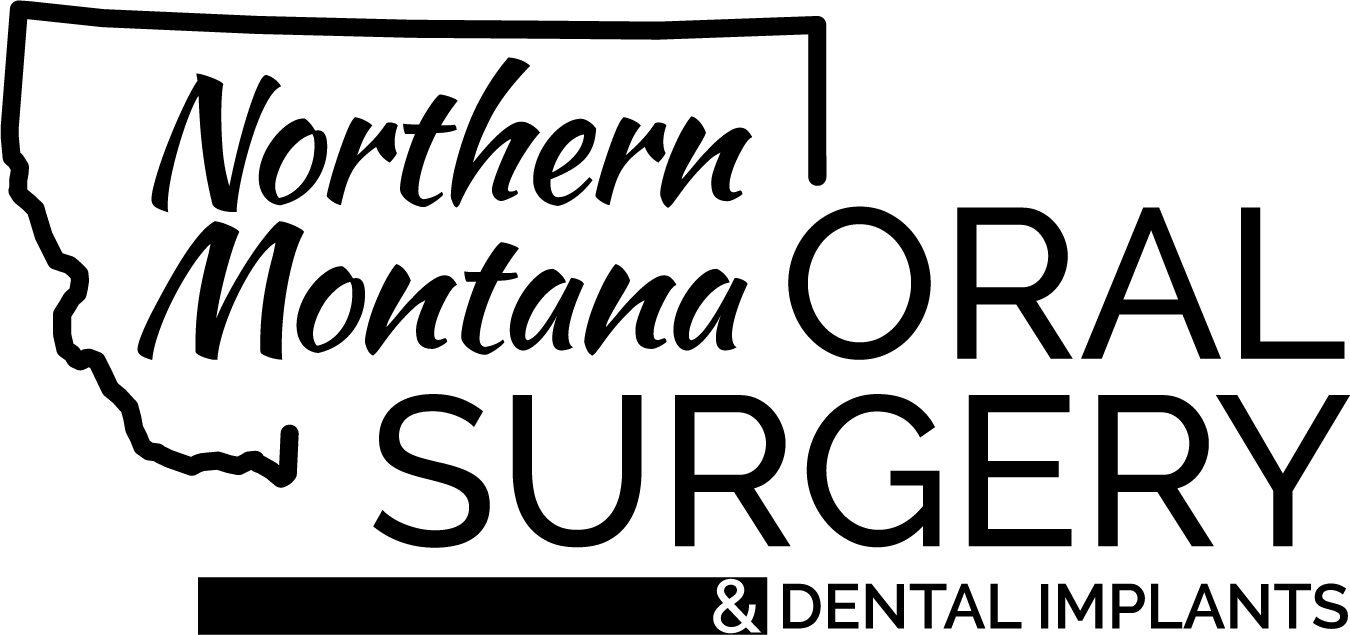Extractions
Extractions
An extraction is the removal of a tooth from its socket in the jawbone. Extractions are performed for a wide variety of reasons, including tooth decay that has damaged a tooth beyond repair, an infection that has spread to the roots of a tooth, impacted teeth that cannot erupt, and teeth that need to be removed to make space for orthodontic treatment.
Benefits of Extractions
Sometimes, removing a tooth is the best way to protect your overall oral health and prevent future issues. Here are some of the benefits of tooth extraction:
- Protect adjacent teeth from moving or shifting.
- Prevent crowding of remaining teeth.
- Improve appearance and smile aesthetics.
- Treat or prevent gum disease or other conditions that affect your oral health.
- Remove a tooth that is broken, worn down, or otherwise compromised.
- Control symptoms of temporomandibular joint disorder.
In some cases, after removing the affected tooth, our dentist may recommend replacing your missing tooth with a dental implant, dental bridge, or partial denture to restore your smile’s appearance as well as prevent your other teeth from drifting out of place.
How Are Extractions Performed?
Before our dentist begins the procedure, we will carefully numb the area around the tooth with a local anesthetic. If multiple teeth are extracted at once, a stronger general anesthetic may be used to relax the patient during the procedure.
Next, the dentist or oral surgeon will use a pair of forceps to remove the tooth from the socket. In some cases, the tooth may have to be sectioned into smaller pieces for easier removal.
Once the entire tooth has been removed, the tissue is cleaned away, and the socket is filled with gauze to promote healing and prevent bleeding and infection. The patient should refrain from eating for at least 12 hours following the procedure and avoid strenuous physical activity for about a week.
Tooth Replacement Options
A bridge or dental implant can be used to replace the missing tooth and restore your smile if necessary. Bridges are restorations that replace one to three missing teeth in a row. These restorations are typically made from porcelain fused with metal, but they can be made from other materials as well.
Your dentist will create a custom bridge that will fit your existing teeth and look natural in your smile. The bridge is anchored in place by dental crowns that are placed over the teeth on either side of the gap.
Dental implants are another option for replacing missing teeth. Implants are small titanium posts that are surgically placed into the jawbone where your missing tooth used to be. The bone bonds to the implant during the healing process in a process called osseointegration. This process can take several months to complete. Once the implants have bonded to the bone, they are restored with crowns, bridges, or dentures to complete your smile.
To find out more about the dental services we offer at our dental practice, Call this number (406) 727-4322 or request an appointment from our website to get a consultation. You can also visit us at 2511 Bobcat Way, Great Falls, MT 59405, or 515 14th Street West, Havre, MT 59501.
Our Locations
- MON - THU7:30 am - 5:00 pm
- FRI6:30 am - 1:00 pm
- SAT - SUNClosed
- MONClosed
- TUE8:30 am - 3:30 pm
- WED - SUNClosed
